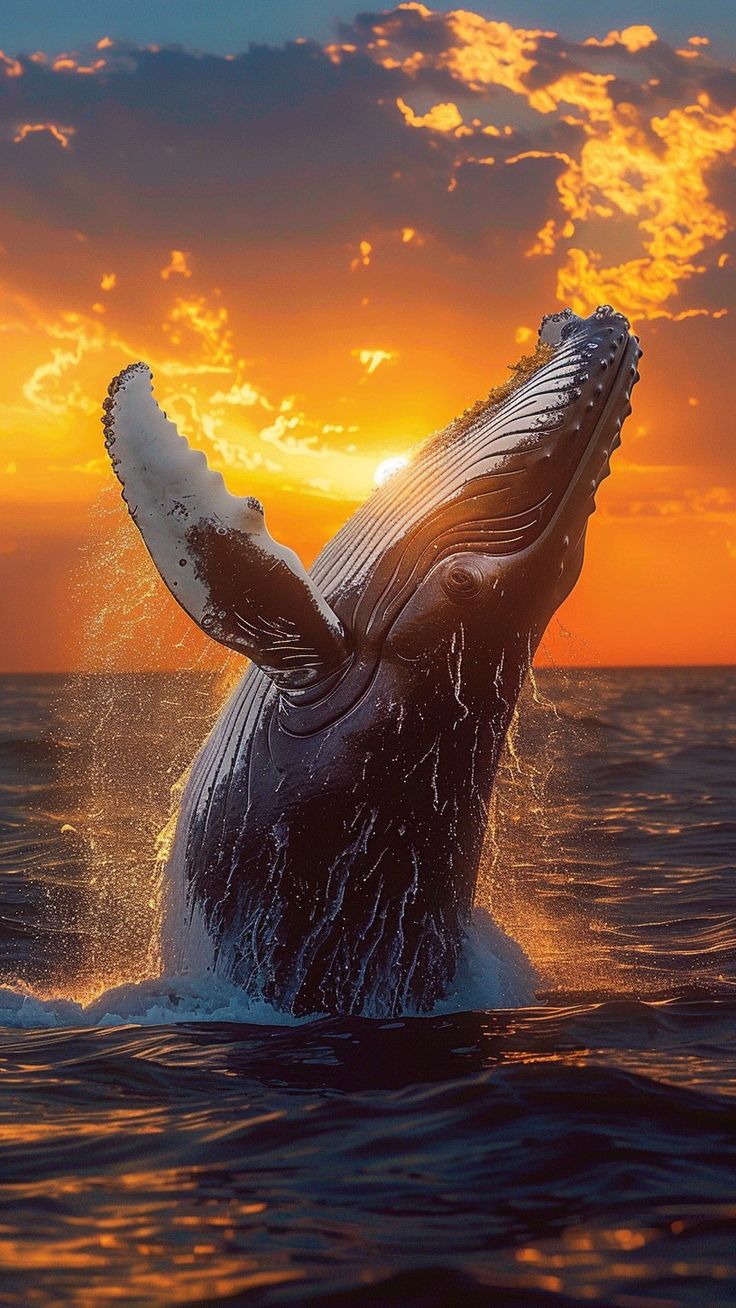
In the vast, uncharted depths of the world’s oceans, a true giant reigns supreme—the blue whale. Known scientifically as Balaenoptera musculus, these magnificent creatures are the largest animals to have ever existed on Earth. With their awe-inspiring size and grace, blue whales capture the imagination of marine enthusiasts and scientists alike.
A Colossal Marvel
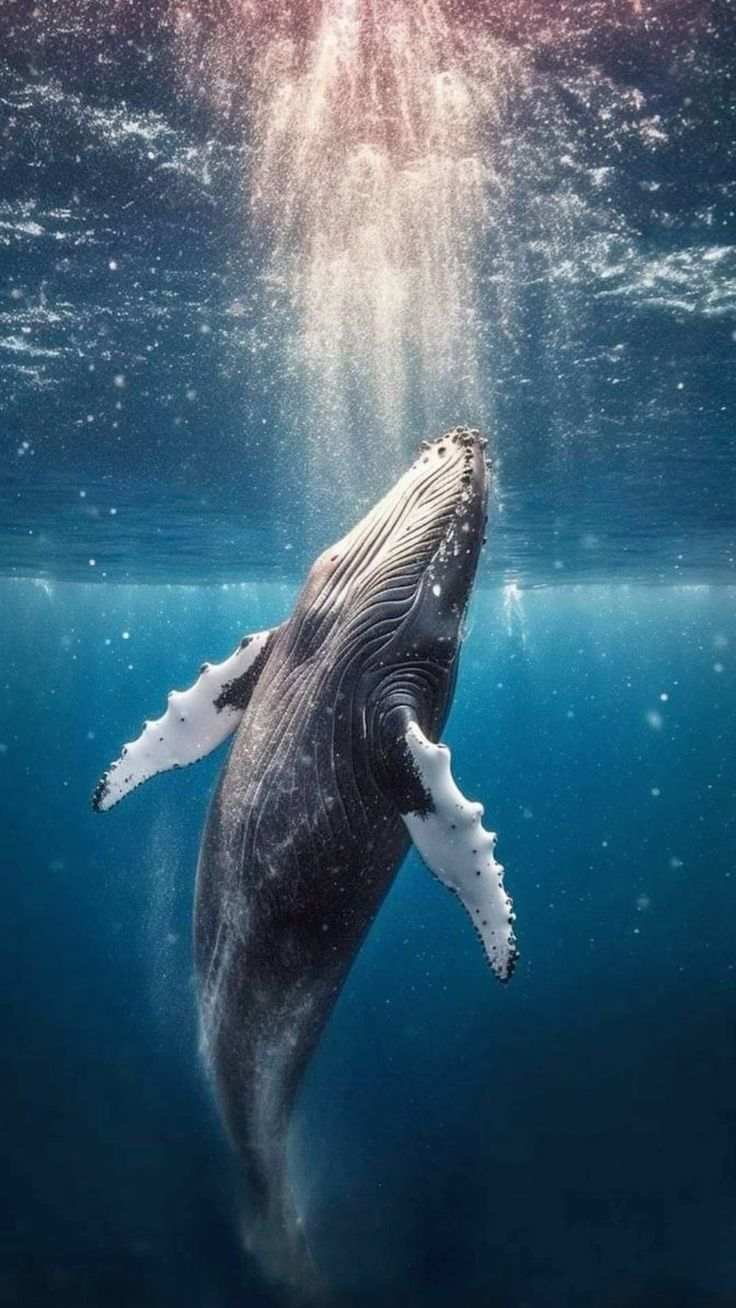
Blue whales can grow up to 100 feet in length and weigh as much as 200 tons. To put that in perspective, their tongue alone can weigh as much as an elephant, and their heart is the size of a small car. Despite their immense size, these gentle giants feed primarily on tiny shrimp-like creatures called krill. During feeding season, a blue whale can consume up to 4 tons of krill a day, demonstrating their incredible efficiency as predators.
The Symphony of the Sea
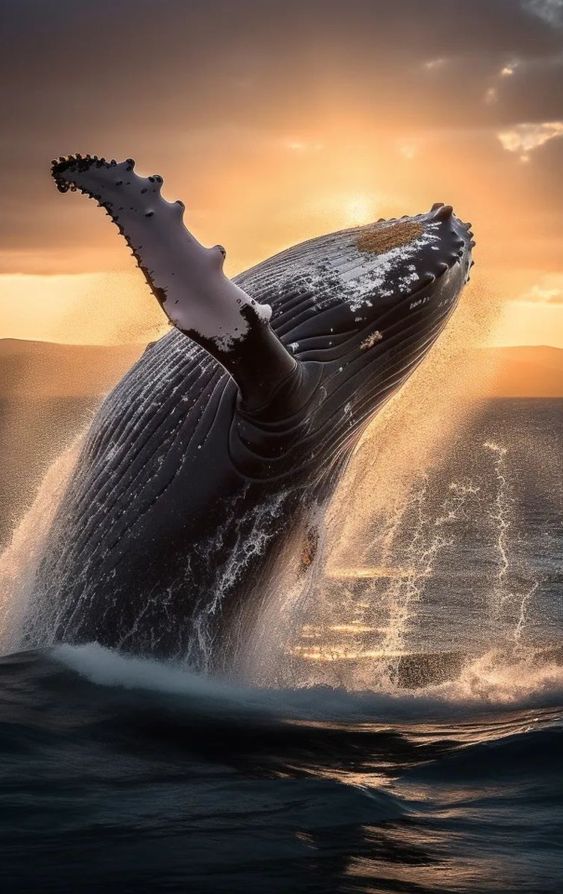
One of the most fascinating aspects of blue whales is their vocalization. These marine mammals are known for producing the loudest sound of any animal, reaching up to 188 decibels. Their calls can travel across vast distances underwater, allowing them to communicate with each other over hundreds of miles. Scientists believe these vocalizations play a crucial role in navigation, mating, and social interaction.
A Journey Across Oceans
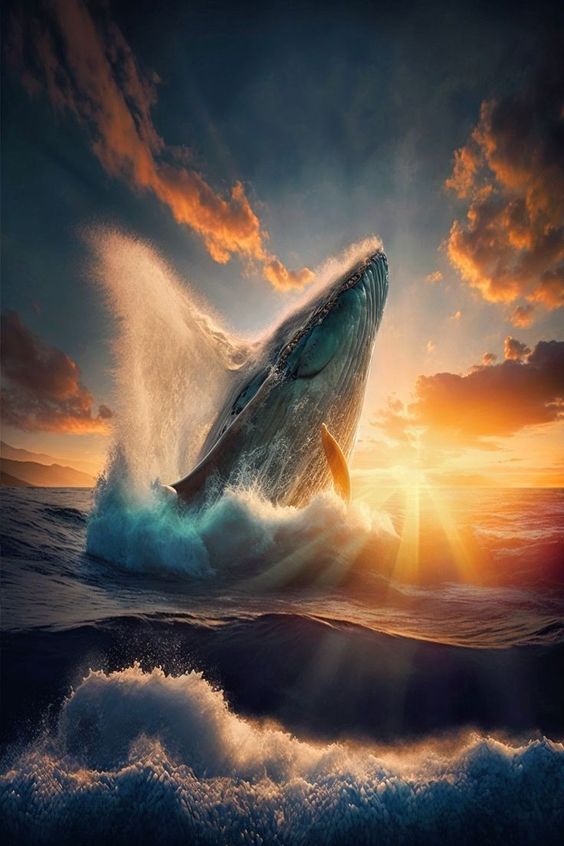
Blue whales are migratory creatures, traveling thousands of miles each year between their feeding and breeding grounds. During the summer months, they can be found in the cold, nutrient-rich waters of the polar regions, where they feed intensively. In the winter, they migrate to warmer waters near the equator to breed and give birth. This incredible journey showcases their adaptability and endurance.
Conservation Efforts
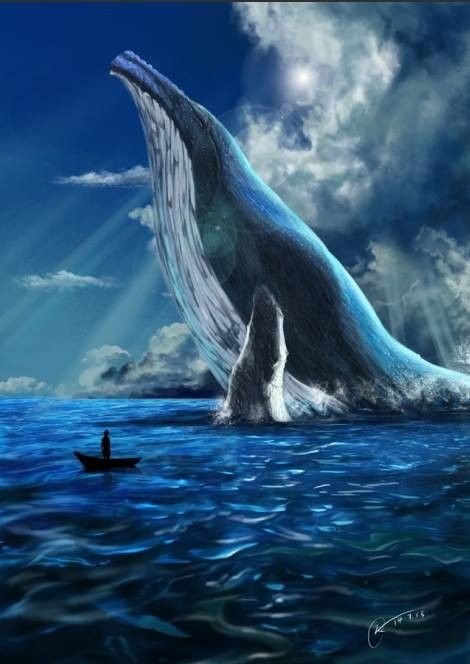
Despite their awe-inspiring presence, blue whales face numerous threats, primarily from human activities. Historically, they were hunted to near extinction for their blubber, oil, and meat. Although commercial whaling has significantly decreased due to international regulations, blue whales are still vulnerable to ship strikes, entanglement in fishing gear, and the impacts of climate change on their ocean habitat.
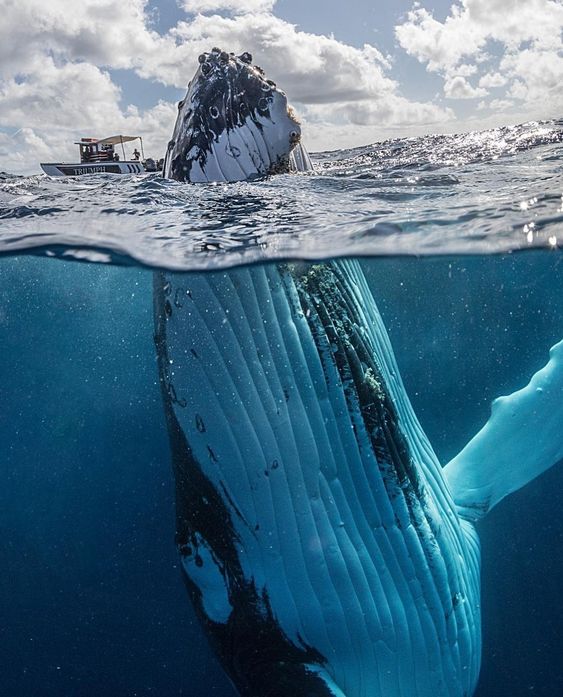
Conservation efforts are crucial to ensure the survival of blue whales. International organizations and governments are working together to create marine protected areas, enforce stricter shipping regulations, and conduct research to better understand these enigmatic creatures. Public awareness and education also play a vital role in fostering a sense of responsibility towards the protection of blue whales and their environment.
A Call to Action
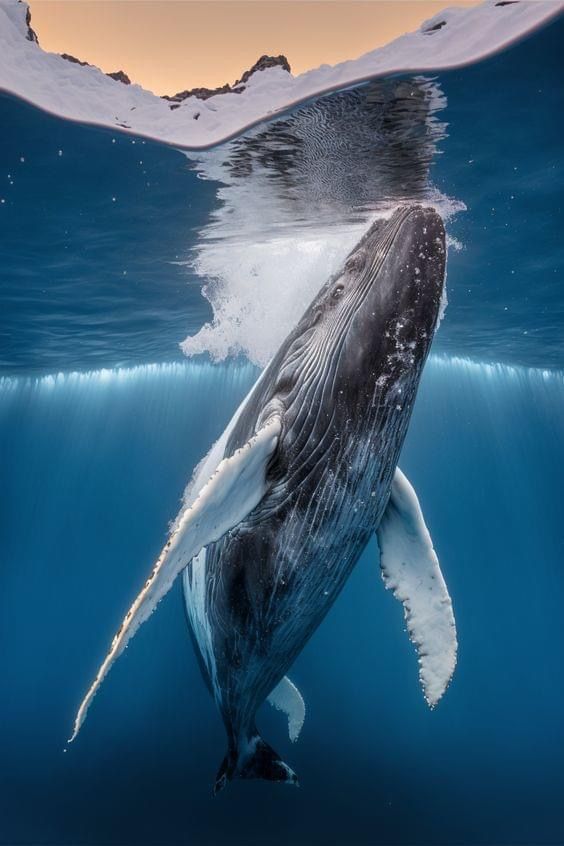
The blue whale’s story is a poignant reminder of the beauty and fragility of our planet’s biodiversity. As we stand at the crossroads of environmental stewardship, it is our collective duty to safeguard the future of these majestic giants. By supporting conservation initiatives and advocating for sustainable practices, we can ensure that future generations will have the privilege of witnessing the splendor of the blue whale in its natural habitat.
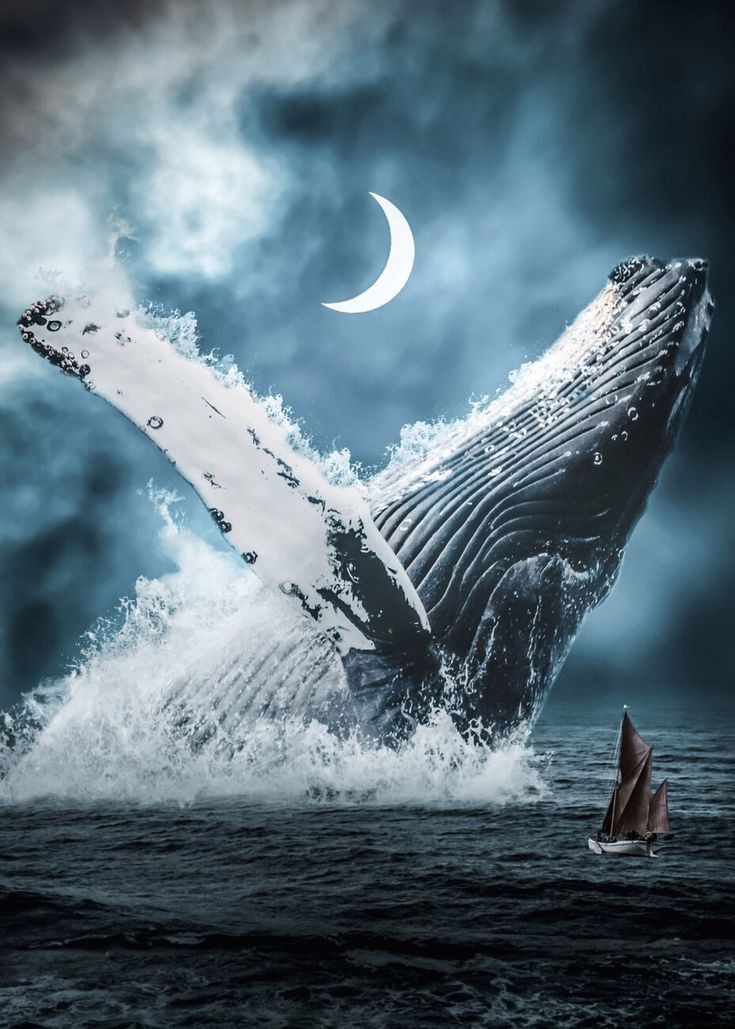
In the grand tapestry of the ocean, the blue whale remains a symbol of nature’s unparalleled magnificence. Their survival is not just a triumph for conservation but a testament to the enduring spirit of the natural world.





